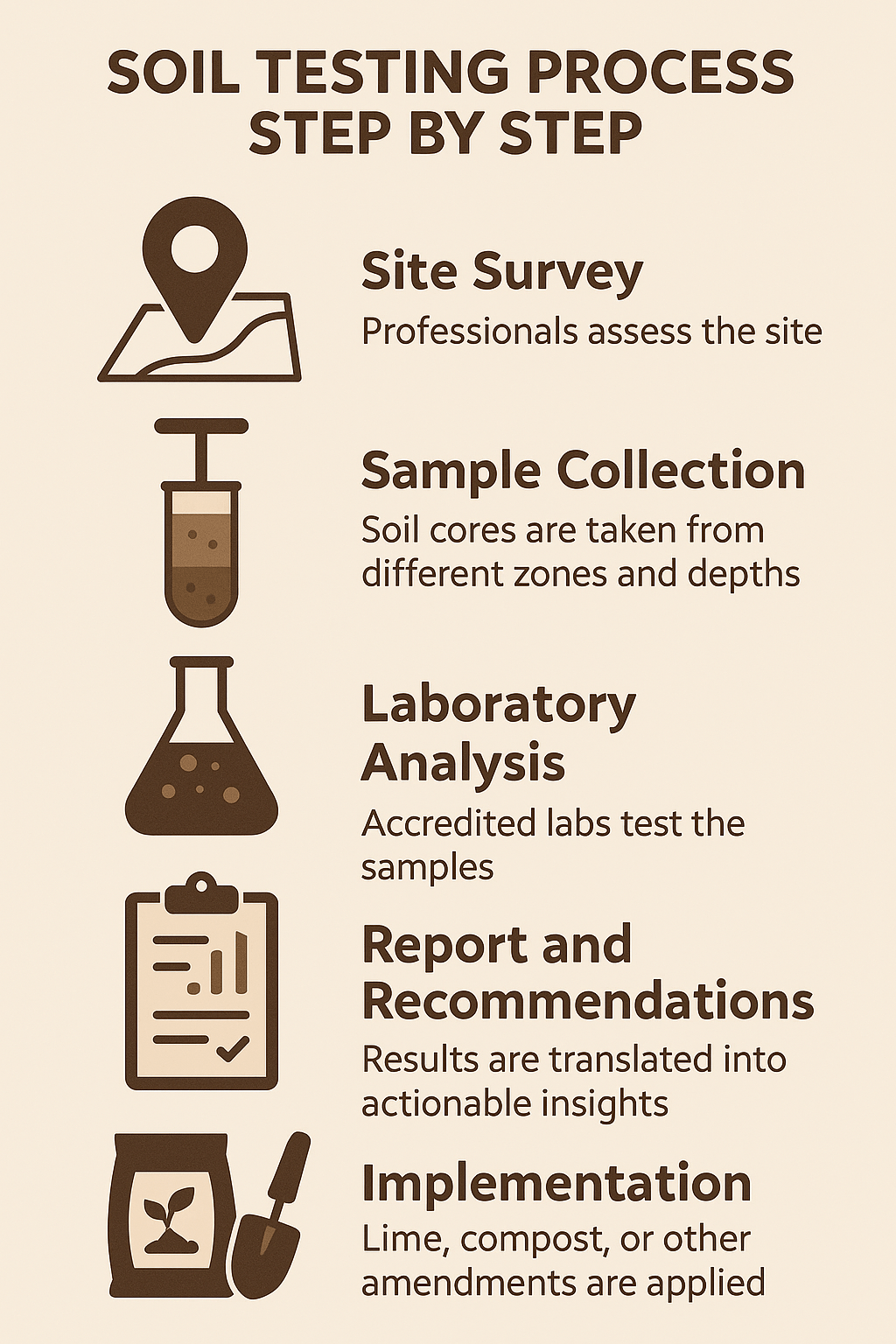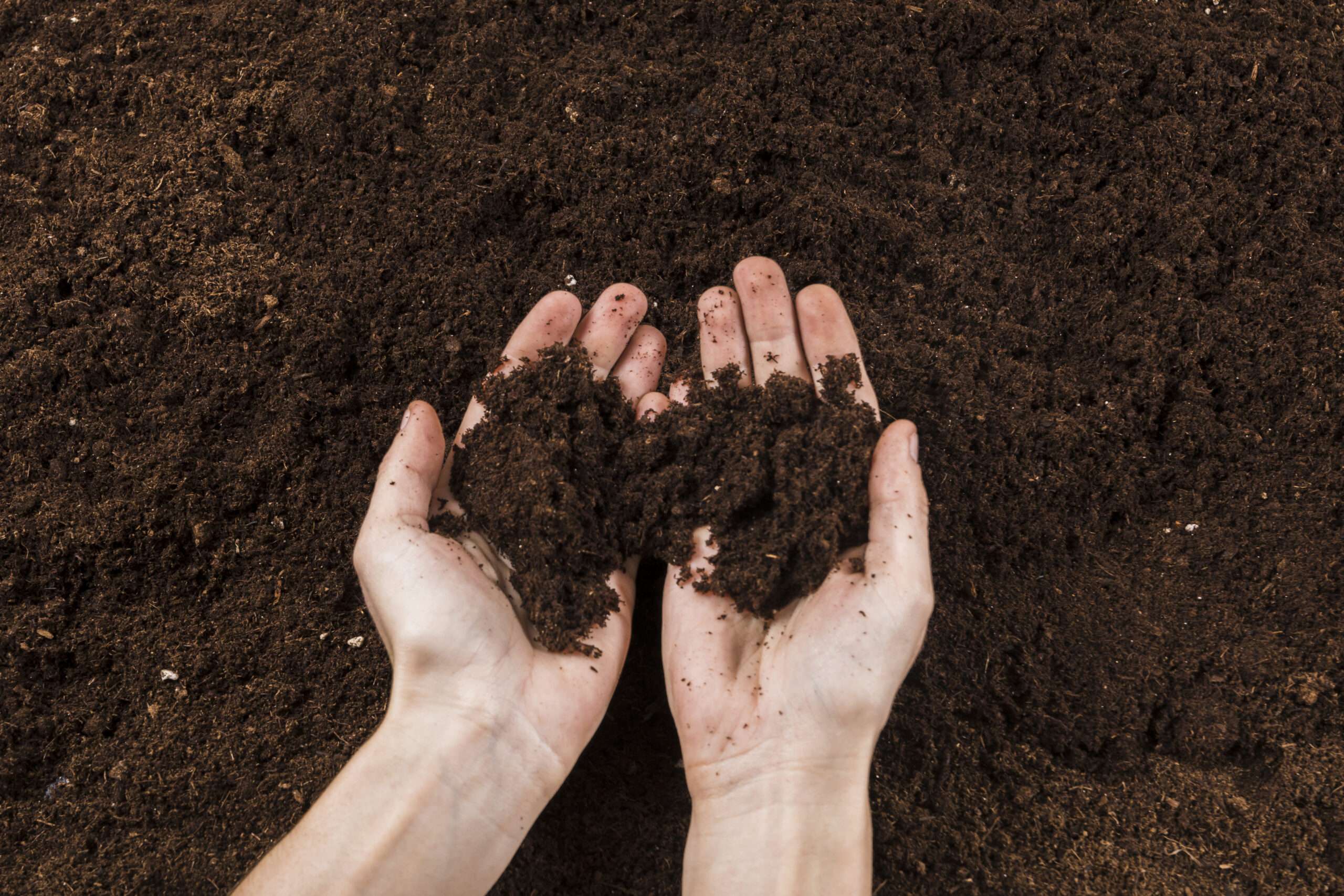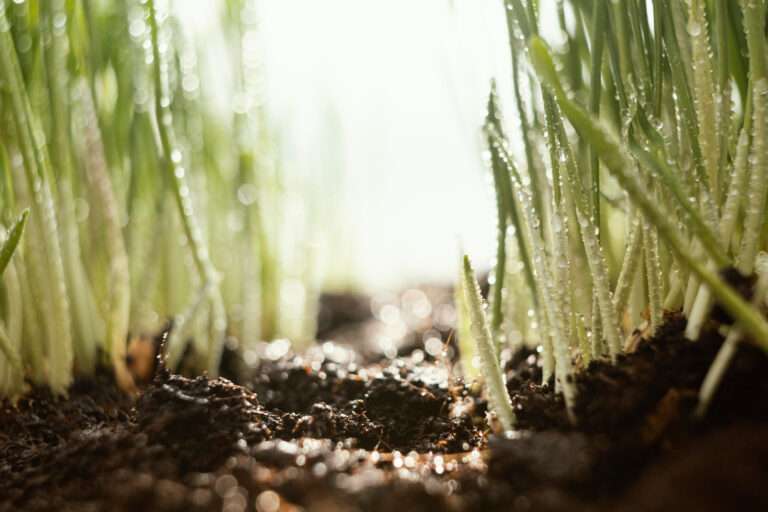Soil Testing for Commercial Landscapes: The Expert’s Approach to Healthy Growth
Every successful commercial landscape project begins below the surface. While design and planting plans often take the spotlight, the condition of the soil quietly dictates whether your investment will flourish or fail. Testing soil for commercial landscapes isn’t just a technical step—it’s a strategic move that ensures long-lasting growth, sustainability, and compliance with environmental standards.
In this blog, we explore why soil testing is essential, how it works, and the benefits it delivers for businesses, developers, and land managers across the UK.
Why Soil Testing Matters for Commercial Projects
Soil is the foundation of any landscape. It supplies nutrients, stores water, anchors roots, and supports microbial life. Without understanding its composition, even the most carefully planned planting schemes can struggle.
Key reasons to test soil in commercial landscapes:
- Performance assurance: Ensures plants thrive and projects deliver maximum visual impact.
- Cost efficiency: Prevents wasted spend on unsuitable plants, fertilisers, or remediation.
- Environmental responsibility: Avoids overuse of chemicals and supports biodiversity.
- Compliance: Meets planning and sustainability requirements in UK commercial projects.
What Soil Testing Involves
Professional soil testing examines a wide range of factors that determine landscape success.
| Test Area | What It Checks | Why It Matters |
|---|---|---|
| pH Levels | Acidity or alkalinity | Dictates which plants will thrive and nutrient availability. |
| Nutrient Levels | Nitrogen, phosphorus, potassium (NPK), and trace elements | Essential for plant health and growth rates. |
| Organic Matter | Percentage of decomposed plant material | Influences soil fertility and structure. |
| Soil Texture | Proportion of sand, silt, and clay | Affects drainage, aeration, and root penetration. |
| Compaction | Density of soil particles | Determines whether roots can expand freely. |
| Contamination Checks | Presence of heavy metals or pollutants | Protects health, environment, and project reputation. |
Testing is typically conducted by taking core samples from different areas of the site and sending them to a laboratory for analysis. Results are then used to create a soil management plan tailored to the specific landscape.
Frequently Asked Questions
1. How often should soil be tested on commercial sites?
For new developments, soil should always be tested before planting or turfing begins. Established landscapes benefit from re-testing every three to five years to monitor changes and ensure long-term performance.
2. Is soil testing expensive?
Compared to the cost of failed planting schemes or ongoing remedial work, soil testing is a small investment. Prices vary depending on the range of tests, but the return in reduced waste and improved outcomes is significant.
3. Can poor soil be improved after testing?
Absolutely. Soil testing provides the roadmap for improvement. Adding lime, organic matter, sand, or targeted fertilisers can transform poor soil into a fertile base for commercial landscapes.
4. Do local authorities require soil testing?
Many planning applications, particularly those involving large-scale developments or public green spaces, will require evidence of soil suitability. Soil testing demonstrates compliance and commitment to sustainability.
Business Benefits of Soil Testing
Soil testing delivers measurable advantages to developers, contractors, and landowners.
1. Improved Plant Survival Rates
Selecting plants suited to the soil dramatically reduces failure rates, saving money on replacements and boosting client satisfaction.
2. Enhanced Visual Impact
Healthy soil produces lush, vibrant landscapes that reflect positively on commercial sites such as retail parks, office complexes, and housing developments.
3. Reduced Maintenance Costs
By aligning fertilisation and irrigation with actual soil conditions, businesses cut ongoing maintenance bills.
4. Sustainability and Biodiversity
Targeted soil management reduces the need for synthetic inputs, encouraging natural ecosystems to thrive. This contributes to biodiversity net gain and aligns with the UK’s environmental targets.

Real-World Applications
- Housing Developments: Ensuring gardens and shared spaces establish quickly for buyer satisfaction.
- Commercial Grounds: Creating professional, low-maintenance landscapes around offices and industrial estates.
- Public Parks: Enhancing resilience of grass and planting in high-traffic areas.
- Roadside Planting: Managing challenging conditions for safety and visual appeal.
When to Call in Experts
While DIY soil test kits exist, they often lack the detail required for commercial projects. Partnering with a professional provider ensures accurate results and tailored recommendations. At Killingley, our Soil Testing & Enhancement service provides the scientific foundation for landscapes that last.
Conclusion
Testing soil for commercial landscapes is more than a technical exercise—it’s the cornerstone of every thriving, sustainable, and cost-effective project. By understanding what lies beneath the surface, businesses can ensure that their landscapes not only look impressive on day one but continue to deliver value for years to come.
Healthy soil is healthy business. Don’t guess—test.
Killingley Insights is the editorial voice of NT Killingley Ltd, drawing on decades of experience in landscaping, environmental enhancements, and civil engineering projects across the UK.








